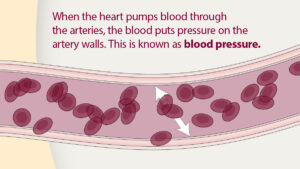Diagnostic studies
- Detailed history and physical exam
- Spirometry
- Peak expiratory flow rate (PEFR)
- Chest x-ray
- Oximetry
- Allergy testing
- Blood levels of eosinophils
Diagnostic Assessment
- History and physical examination
- Spirometry, including response to bronchodilator therapy
- Peak expiratory low rate (PEFR)
- Chest xray
- Measurement of oximetry
- Allergy skin testing (if indicated)
- Blood level of eosinophils and IgE (if indicated)
Management
Intermittent or Persistent Asthma
- Identification and avoidance or elimination of triggers
- Patient and caregiver teaching
- Drug therapy
- Asthma action plan
- Desensitization (immunotherapy) if indicated
- Assess for control (e.g., Asthma Control Test [ACT])*
Acute Exacerbations
- SaO2 monitoring
- ABGs
- Inhaled β2adrenergic agonists
- Inhaled anticholinergics
- O2 by nasal cannula or mask
- IV or oral corticosteroids
- IV fluids
- IV magnesium
- Intubation and assisted ventilation




